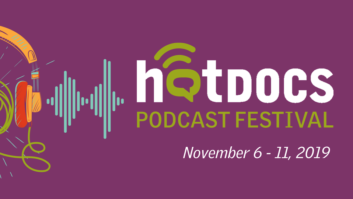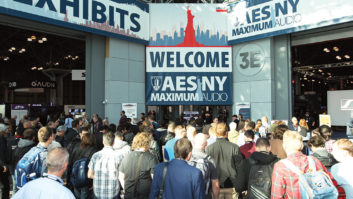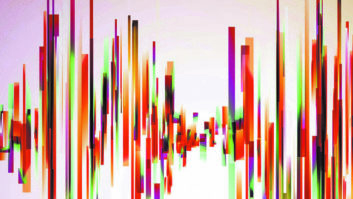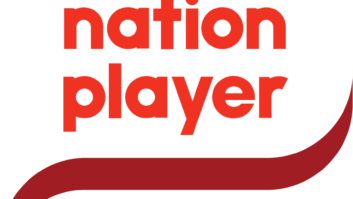One of the twists of next-generation broadcasting is that it can, and often will, be interactive.
Radio was (and in many stations still is) all about customer (a.k.a. listener) relations.
iStockphoto/� Lena_Datsiuk

My first stations made a point to get everyone who wouldn�t die of mic fright on the air at least once every year. Everyone knew that we served the community first, but our sponsors paid the bills and we were there to serve them. As my markets got larger, the formulae never really changed. Community is community. Broadcasting is intimate.
When I want to know about an industry, I often seek out the trade magazines and subscribe. I read BE and Radio World magazine in high school, stretching my scant teenage qualifications to fill out that subscription bingo card.
The ads for DeVry showed me one way to that FCC First Class license that virtually guaranteed an overnight gig reading meters and playing tapes for $1.60/hour.
It should come as no surprise that many of us read other industrial rags (that is what the people who produce them call these publications when they think we won�t hear), and in one of them I learned about CRM, otherwise known as customer relations management.
It�s now an industry and science of its own, with vendors of CRM systems and software as well as consultants and researchers.
I�d like to think that advertising works on everyone but me; I�d like to think that I�m immune to the huge CRM mechanism that seems so impersonal when what I really want is personal.
We all need personal connections, and we find it with the media of our life. My folks found it in radio. I found companionship in radio and TV. My kids find the same things in social media.
CUSTOMER SERVICE?
As I page through CRM magazine, I�m thinking about my last two customer experiences. I wrote a note to Ken the guy who does a local radio show called �In the Mood� that just tickled me. Now I have to listen late every Friday to see if my suggestion makes it to air.
Then I spent an hour on hold (they said the queue was six minutes) with a large electronics store on the other coast as I attempted to redeem a gift card I won at the NAB Show.
While there is indeed a space to enter the gift card data and instructions for how to do this on their website, the guy I barely understand on the phone is correct: If you use a magnifying loop to look at the fine print on the back of the card, it turns out that gift cards only work in the store.
Being disappointed by large electronics stores is not that big a deal, but they followed up the disappointment with many catch-up spams of the hard to unsubscribe variety.
PURPOSEFUL INTERACTIONS
Broadcasting will be more and more electronically interactive as we mature. Seamless interactivity is social media on steroids for broadcasters. It drives digital ad insertion. It becomes rocket fuel for the marketing campaigns we sell that are so much more than the spots and the rate cards of decades past.
My mind can�t get around what broadcasting will become without actually first experiencing it. That�s going to have to wait until we build it, until the reception devices are out there, and until we program it. It�s beyond my imagination � and I can imagine a lot of things.
Imagination isn�t supposed to have limits. Maybe that is what art is � something beyond our imagination � and why we only know it when we experience it. Perhaps that explains why broadcasting is an art.
The Wandering Engineer is an industry stalwart who has been in broadcasting since the days of Marconi and Tesla. He gives his thoughts on the current state of broadcast engineering and the broadcast engineer.












